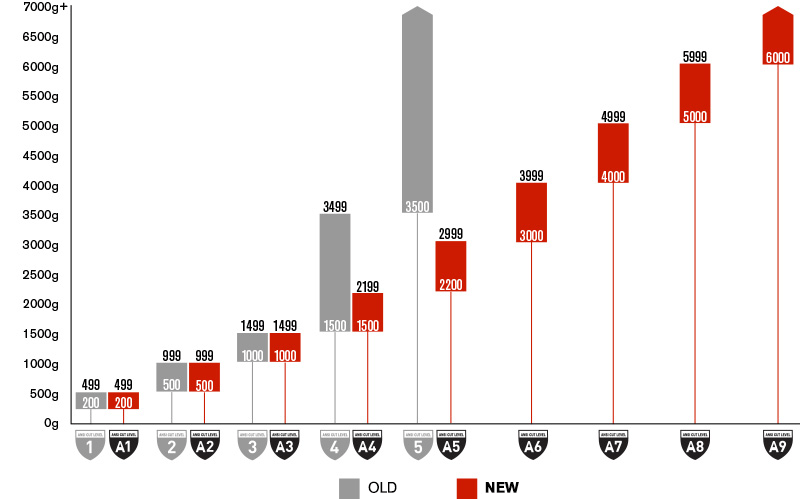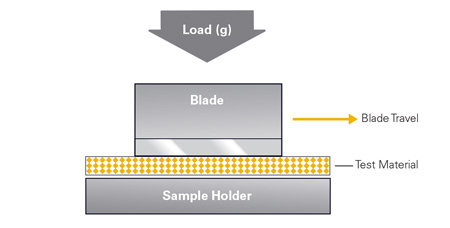Subscribe for NMSafety News
Update ANSI Standard for Cut Resistance
By SRSafety

The American National Standards Institute (ANSI) has released a new edition of the ANSI/ISEA 105 standard (2016 ed.). The changes include new classification levels, which include a new scale to determine cut score (commonly referred to as the ANSI cut score), and a revised method for testing gloves to the standard.
New Scale to Determine Cut Scores
The new ANSI standard now features nine cut levels significantly reducing the gaps between each level and better defining protection levels for the cut-resistant gloves and sleeves with the highest gram scores. The graph below shows the differences between the old scale and the new scale. New ANSI cut scores will feature an “A” in front of the score.

New Testing Standard
The new edition of the ANSI/ISEA 105 Standard (2016 ed.) also outlines a new test method for determining the new cut scores. The new ASTM F2992-15 test method allows for only one type of machine to be used, the TDM-100. Under the previous ANSI standard, the old test method ASTM F1790-05, the testing could be performed on either the TDM-100 machine or the CPPT machine. By ensuring uniform testing with one machine, it is easier to compare gram scores for a given material.

Understanding ASTM F2992-15 Test Methods
The sample is cut by a straight-edge blade, under load, that moves along a straight path. The sample is cut five times each at three different loads with a new blade for each cut and the data is used to determine the required load to cut through the sample at a specified reference difference. This is referred to as the cutting force, which is then equated to a cut level.

Prev: Not Prev
